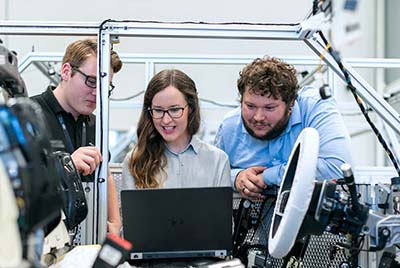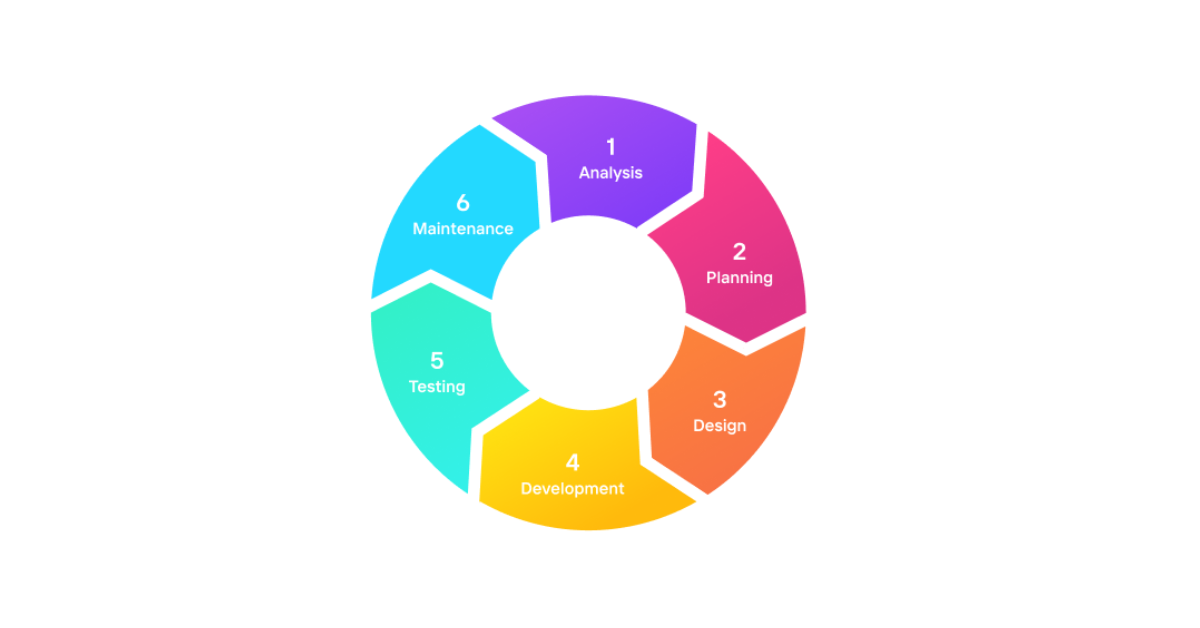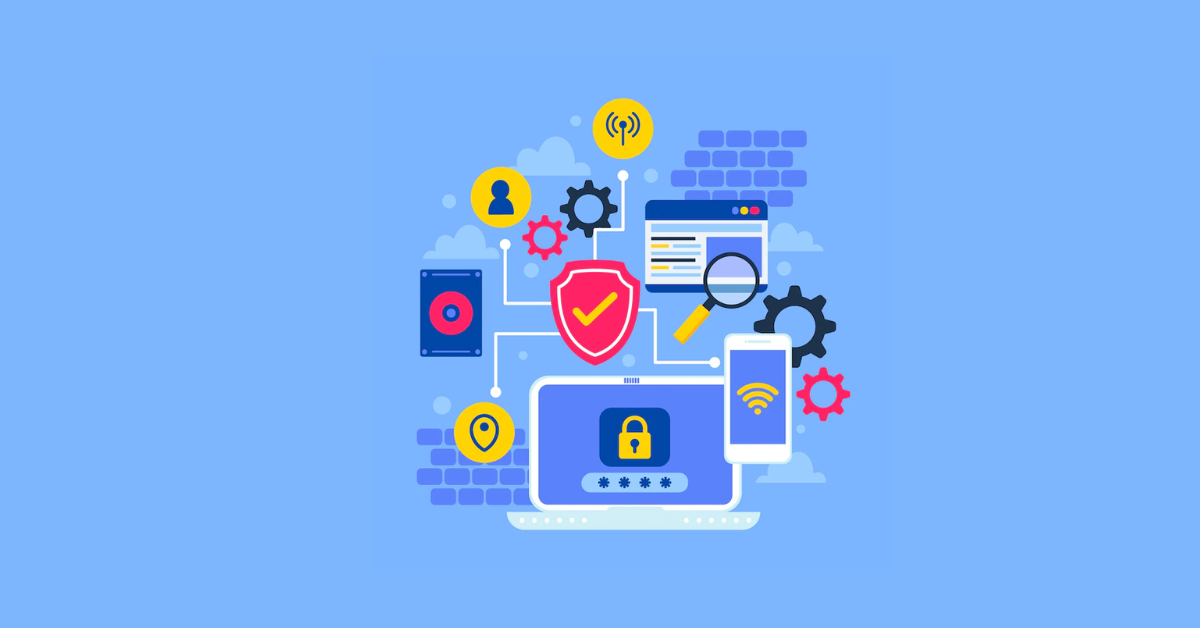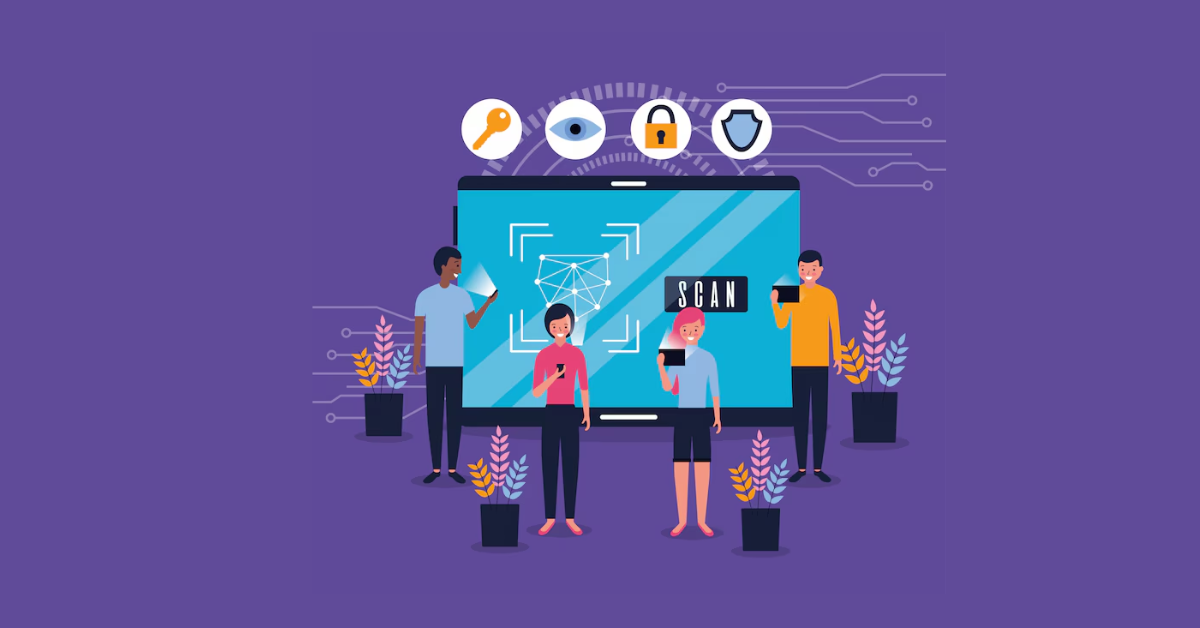Digitalization has become the latest hype in the current situation, encouraging every industry to incorporate the same. In this process, software plays the focal role. Consequently, a significant focus shifts to software development to make them more reliable and less time-consuming. So, the Software Development Life Cycle comes into the picture to make the software development process easy, reliable, and time-saving. This is the methodology that streamlines the entire software development process to develop effective software. So, without any further ado, let’s unveil the curtain on the intricacies of the SDLC process.
- What is Software Development Life Cycle (SDLC)?
- Importance of The SDLC
- Which process can lead to an ideal Software Development Life Cycle (SDLC)?
–Planning
–Design
–Implement
–Test
–Deployment
–Maintain - What are SDLC models?
–Waterfall
–Iterative
–Spiral
–Agile - How to ensure best practice in SDLC
- Conclusion
- FAQs
What is Software Development Life Cycle (SDLC)?
As mentioned earlier, the SDLC is a process that can also be identified as a lifecycle for the software. This life cycle ensures that the entire task is relevantly cost-effective to get the process done in a minimal amount within a minimum time. Moreover, it ensures the maintenance of the quality of the software, which can mitigate the customer’s requirements in the first place. This article will discuss the nitty gritty of the Software Development Life Cycle, going ahead.
Importance of The SDLC
With the growing requirements of the software, the challenges are also popping up. In the diversity of the digital world, the requirements vary, and so do the technologies, creating barriers to the smooth development of software. In such circumstances, the SDLC helps develop a systematic life cycle by producing a framework to ensure smooth processing and minimize risk factors. Following are some of the crucial benefits of the SDLC:
- Increased transparency of the development process for all the involved stakeholders by making the process more visible.
- The framework includes estimation, planning, and scheduling to identify areas for improvement and store points.
- It also effectively demonstrates risk management procedures and approximate costs.
- In the end, it finalizes the proper execution process while ensuring the client’s satisfaction with their asked deliverables.
Which process can lead to an ideal Software Development Life Cycle (SDLC)?
Software development includes various crucial steps. Each step has its respective importance in giving the software an ideal shape without any bugs. So, the developers create and check the entire SDLC framework to make sure that all steps are accounted for. However, based on the software, the steps vary. The following are some of the common Software Development Life Cycle phases that are involved in every software development process.
Planning
The Planning phase plays a focal role and becomes the fundamental brick in the entire project development. Before starting the task, the development team collects data from different stakeholders, including their internal team, who are involved in the development process and streamlines the information. Hereafter, the information is analyzed, followed by scheduling the tasks, resourcing, and allocation.
Design
Design outlines the development process, taking into account the client’s requirements. After jotting down the information from different stakeholders, the developers identify the most efficient models for developing the software, involving the ideal tools and technology.
Implement
In this phase, the coders come into action and develop the codes for product development. Based on different requirements, coders develop minor to major code, leading to the final product.
Test
Making the software flawless is equally important. And here lies the magic of the testers. Development teams rely on both automation and manual testing to find available bugs in the software. The testing process runs parallel to the development process to identify and rectify any bug at any step.
Deployment
Apart from the copy that is supposed to be used by the customer, there are other copies of the software, called build or testing environments, that are subject to testing by the developers. Any alternations and upgrades are being made to the testing environments to ensure the customer’s hazard-free experience using the software.
Maintain
At the end comes the maintenance phase, which includes the steps that come after the software becomes available for the clients. Post development, maintaining the service of the software, bug fixing, resolving the customer’s issues, etc. help in maintaining the software quality.
What are SDLC models?
The SDLC models also vary based on the variety of different products. Each model is different based on the chronology of the design components. Following are some of the most admired Software Development Life Cycle models.
Waterfall
Similar to the waterfall, in the waterfall model, the components of each phase rely on its previous phase. They remain placed sequentially and depend on the outcome of the previous phase. Because the model resembles the sequence of the waterfall, it was named the waterfall model.
Iterative
In the iterative process, the development team considers a primary subset of the requirements, and over time, they enhance the software versions and gradually complete the procedure.
Spiral
It is a combined version of the iterative and waterfall models, helping prioritize risk analysis. The spiral model helps in the step-by-step release of software and the building of prototypes in each phase.
Agile
The most effective and efficient model, the agile model, includes several development cycles. In this process, the team makes necessary changes at every step of development, evaluating the requirements and outcomes. Due to the consistent upgradation in each cycle, this model allows the developers to take swift measures when any circumstance arises. Thus, the agile model has become the most admired model in the current scenario.
How to ensure best practice in SDLC
Before implementing the Software Development Life Cycle practice, the primary requirement is upgrading the corporate value by increasing effective communication within the team. A perfectly aligned team can bring noticeable success in the practice. The following are some other irreplaceable pointers for successful SDLC implementation.
- Quality code can lead to a quality Software Development Life Cycle.
- Better security programs ensure a successful SDLC.
- Dedicated team members with a perfectly designed framework.
Conclusion
The organization’s prime motto is quality production, and Software Development Life Cycle helps them deliver quality software. In addition to ensuring quality, making it time and cost-effective is another challenge, and SDLC has become the biggest solution for such challenges. Its streamlined, cost-effective process helps develop the software effectively while ensuring maximum customer satisfaction.
FAQs
An irreplaceable part of the SDLC is QA or quality assurance, which ensures the quality of the components in each step of the development process. It not only helps highlight the bugs but also ensures the flawless quality of the product.
SDLC can be effectively used in project management, describing the stages involved in the information system development project.
SLDC basically is the entire software development process, while STLC is just a part of the SDLC process, which focuses on the testing.
















